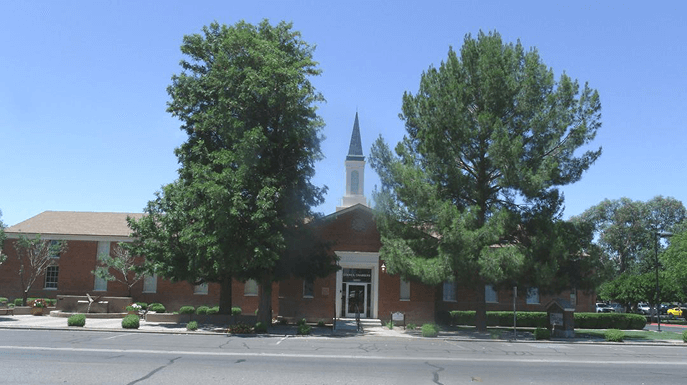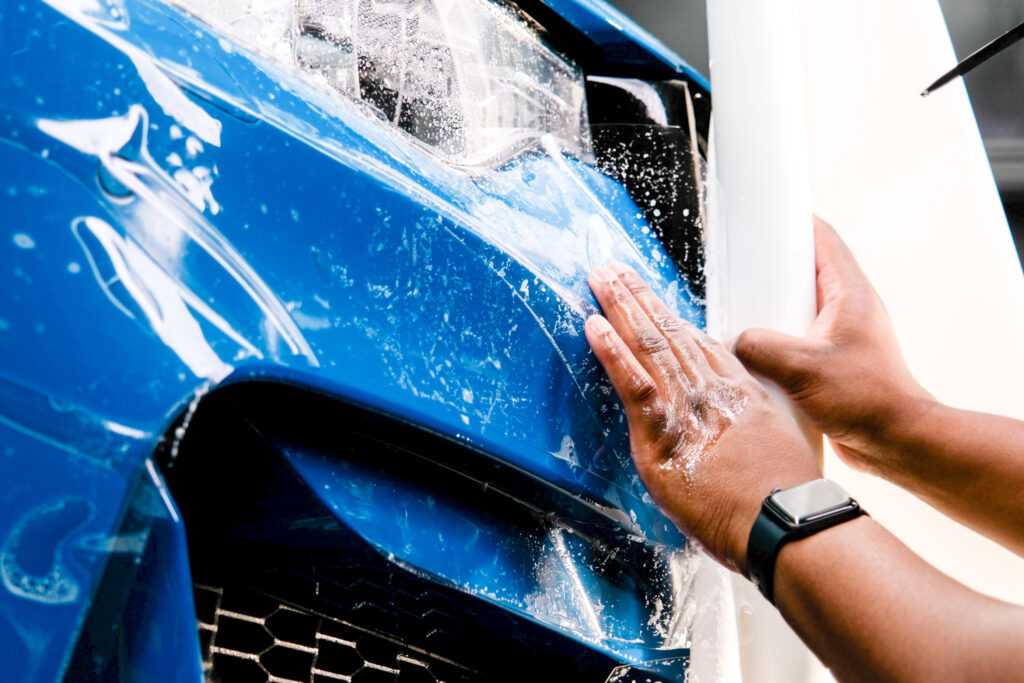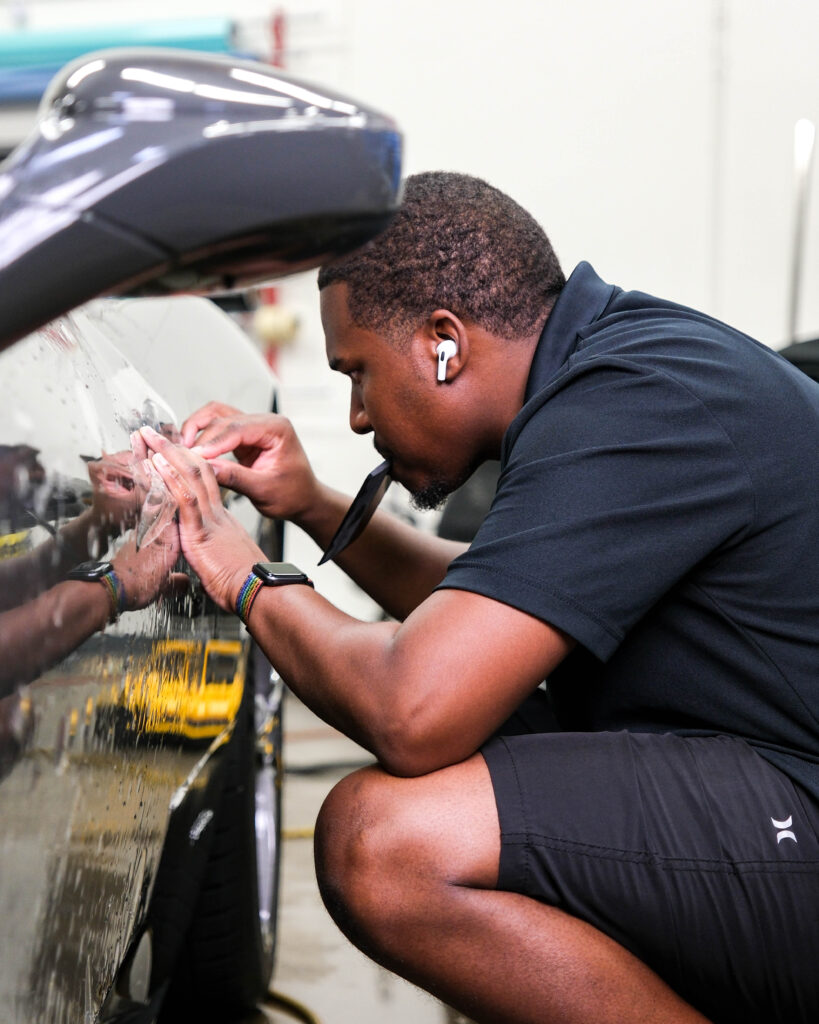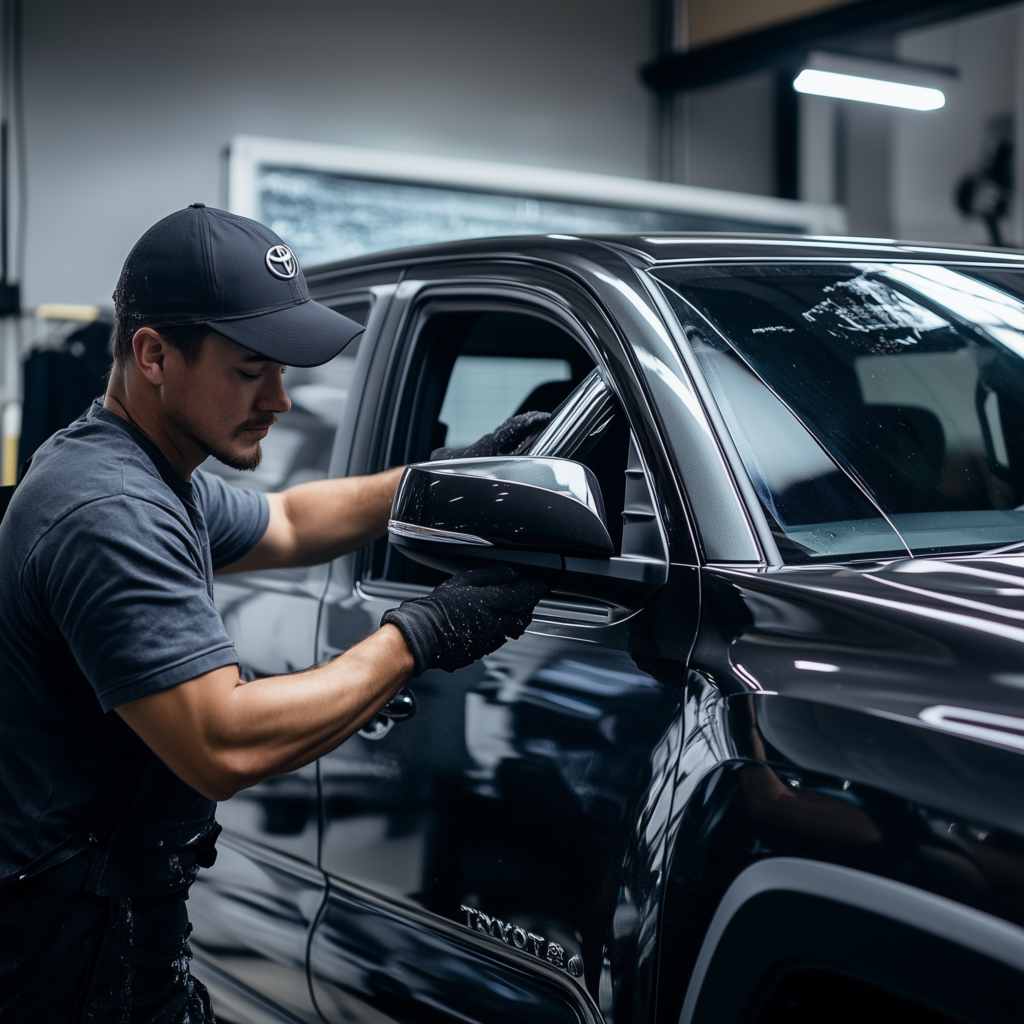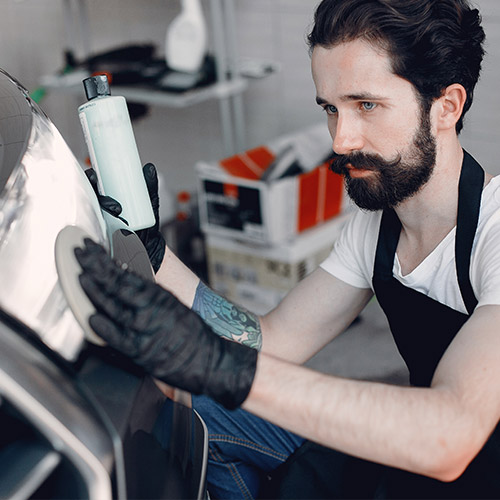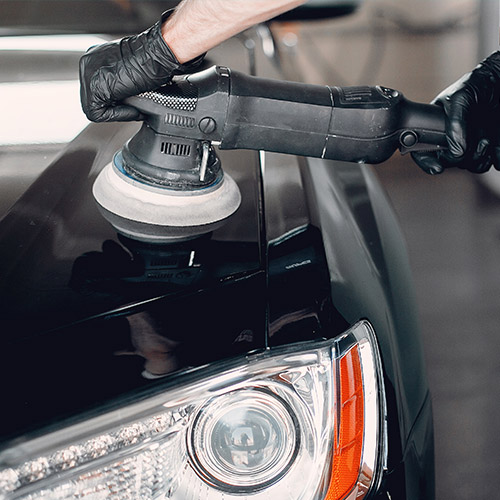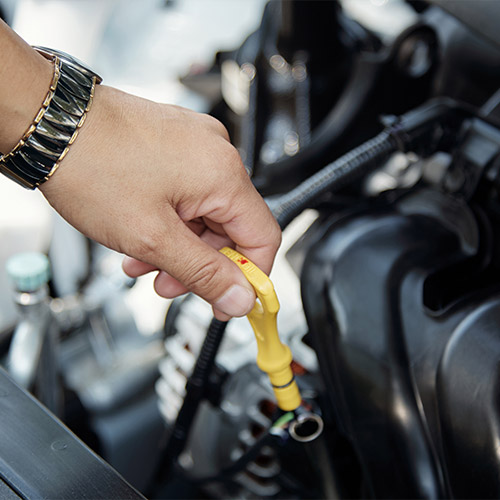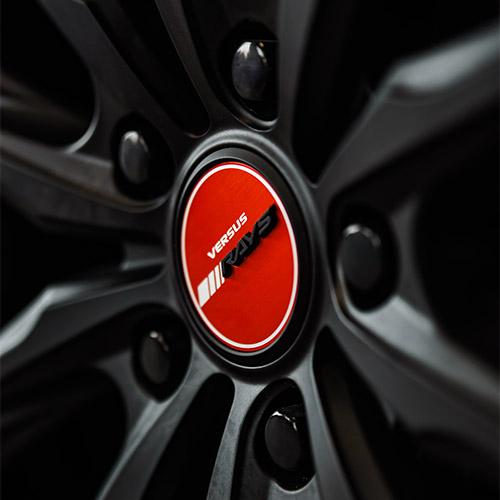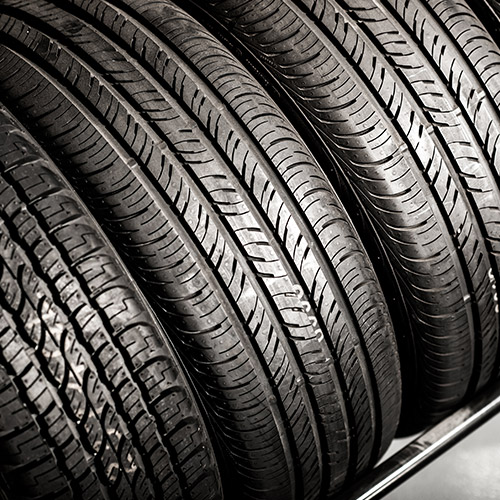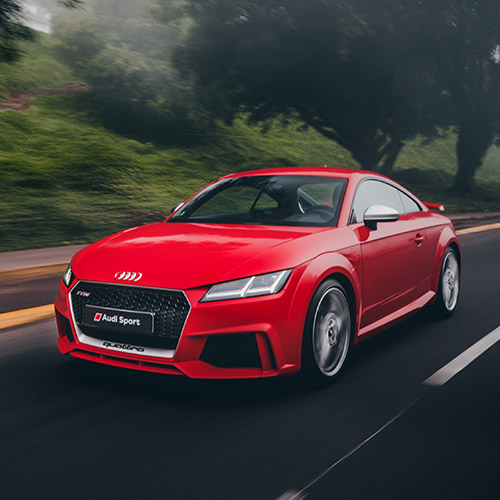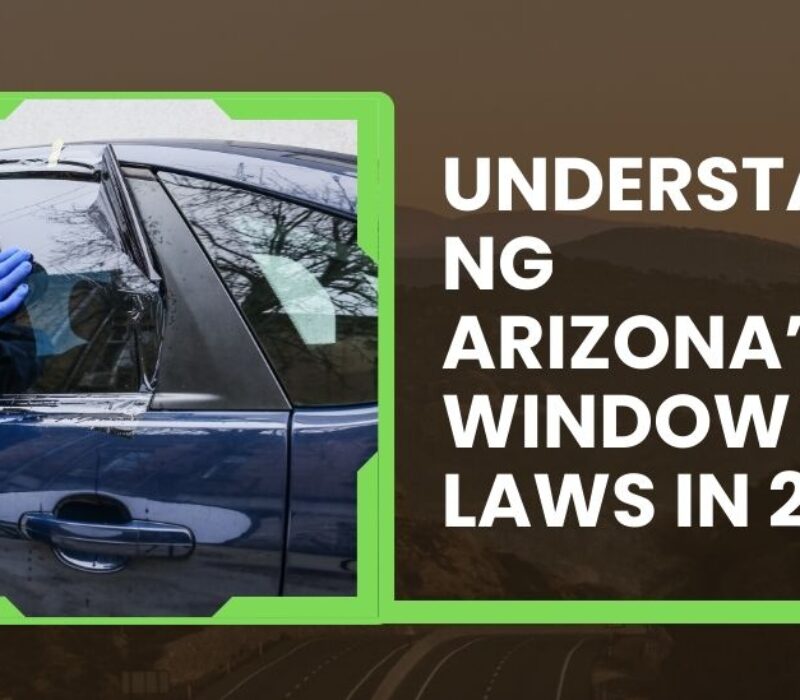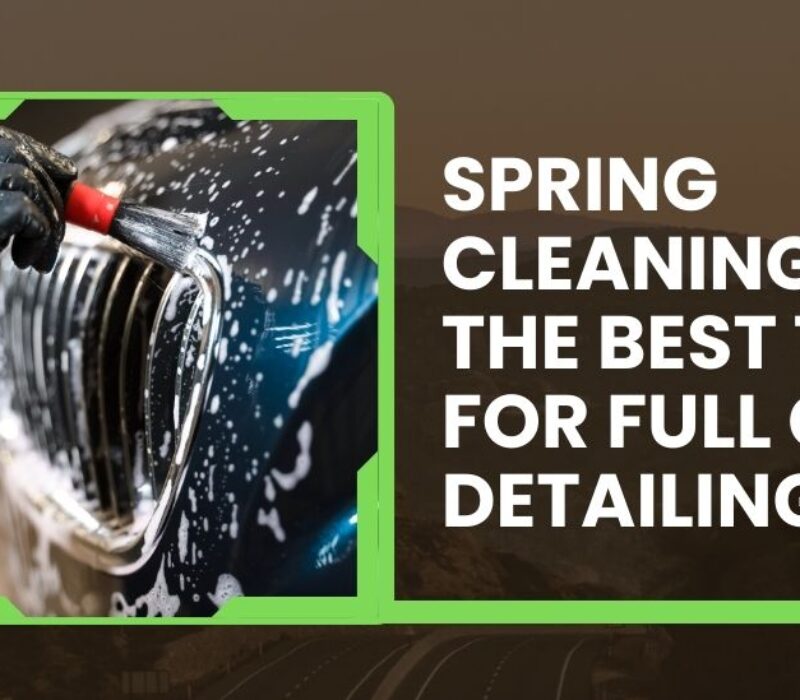Even with regular washing and waxing, your vehicle’s paint can lose its luster over time. Swirl marks, light scratches, oxidation, and other blemishes slowly dull the finish. That’s where paint correction comes in—a professional detailing service designed to remove surface defects and bring back that deep, reflective shine.
In this guide, you’ll learn what paint correction is, how the process works, and whether it’s the right choice for your vehicle.
What Is Paint Correction?
Paint correction is the process of carefully removing imperfections from your vehicle’s clear coat using machine polishers, compounds, and finishing polishes. It targets:
- Swirl marks
- Light scratches
- Water spots
- Oxidation
- Etching from bird droppings or tree sap
- Holograms caused by poor polishing techniques
By refining the paint surface, paint correction restores clarity, depth, and that showroom-new appearance.
Key Benefits of Paint Correction
- Restores Shine and Clarity
Removes surface damage and enhances the gloss, color depth, and reflection of your vehicle’s paint. - Prepares for Paint Protection
Whether you’re applying ceramic coating or paint protection film, a corrected surface ensures better bonding and longer-lasting results. - Revitalizes Aged Paint
Even older cars can look nearly new again with proper correction, removing years of wear in a single treatment. - Enhances Vehicle Appeal
A corrected finish can dramatically improve the overall look of your vehicle, making it stand out on the road or at shows.
Step-by-Step: How Paint Correction Works
Professionals follow a precise, multi-stage approach:
- Inspection
Your paint is evaluated under proper lighting to identify imperfections and assess what level of correction is needed. - Washing & Decontamination
Includes:
- Foam wash
- Iron remover and tar remover
- Clay bar treatment to remove embedded contaminants
- Paint Thickness Measurement
A paint depth gauge may be used to ensure safe correction without compromising the clear coat. - Compounding Stage
A more abrasive polish is used with a rotary or dual-action machine to remove heavier defects. - Polishing Stage
Finer polishing restores gloss and eliminates hazing from the compounding step. - Final Finishing
Surfaces are wiped clean, and protection (such as wax, sealant, or ceramic coating) may be applied if requested.
What Paint Correction Doesn’t Fix
One of the most common questions: Does paint correction fix chips?
The answer: No.
Paint correction only works on surface-level issues in the clear coat. It cannot repair:
- Paint chips
- Deep scratches
- Areas with missing paint
Solutions for Chips Include:
- Touch-up paint for minor chips
- Spot repairs or panel resprays for larger areas
- Paintless dent repair (PDR) if a dent is involved
Paint correction can visually reduce the contrast of chips, but it won’t fill them or fully conceal them.
Is Paint Correction Right for Your Vehicle?
You may benefit from paint correction if:
- Your paint shows swirl marks, hazing, or surface scratches
- You’re prepping for ceramic coating or PPF
- You want to restore shine on an older or weathered vehicle
- You’re getting ready to sell and want the finish to look flawless
You might not need it if:
- Your vehicle’s paint is already in excellent condition
- You’re only looking for a quick visual boost with minimal work
Choosing a Paint Correction Specialist
Quality matters when it comes to paint correction. Here’s what to look for in a professional:
✔ Certified experience and specialized training
✔ Proper lighting and equipment for correction work
✔ Before-and-after examples or client reviews
✔ Willingness to inspect and explain the process
Tip: Ask for a paint condition assessment to determine how many correction stages your vehicle might need.
Paint Correction FAQs
Q: How long does paint correction last?
With proper maintenance, including careful washing and protective products like ceramic coatings, results can last for years.
Q: Can I do it myself?
DIY kits exist, but machine polishing without training can damage your paint. It’s best left to trained professionals.
Q: How often is paint correction needed?
Most vehicles only need one major correction. With good care afterward, repeat corrections are rarely necessary.
Final Thoughts
Paint correction is a transformative process that removes years of damage from your vehicle’s paint, revealing a glossy, flawless finish. It’s an essential first step before applying protective coatings and an excellent way to restore pride in your vehicle’s appearance.
If you’re looking to refresh your car’s look or prepare it for next-level protection, paint correction offers impressive and long-lasting results—without the need for repainting.

